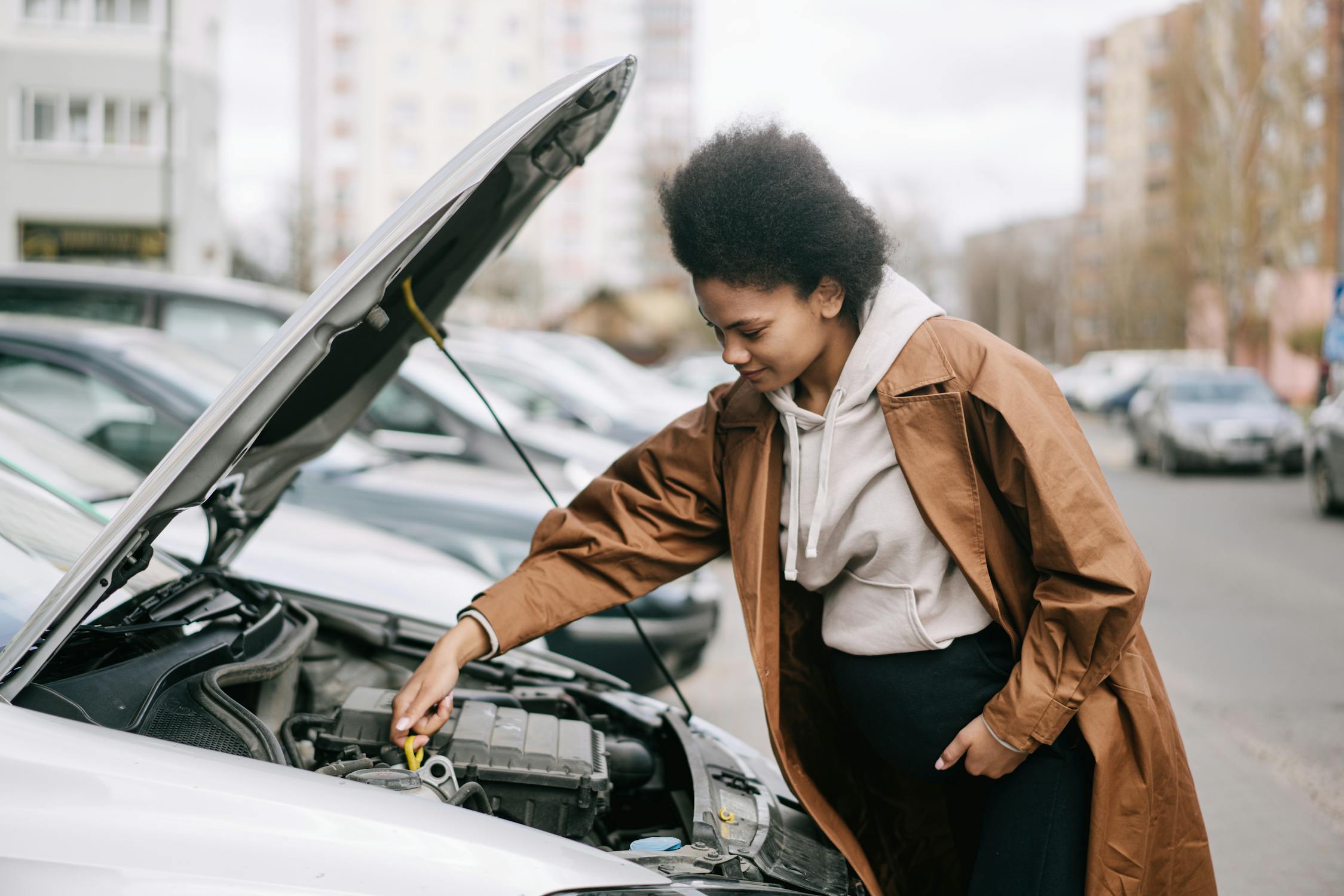
Sometimes, you’ll have bad luck on the road. You’ll hear a loud pop and realize that you have a flat tire. Your dashboard will light up, and you’ll see smoke spilling out from under your front hood. Or maybe you’ll get stuck on a stretch of highway with an empty tank after you underestimated how much gas you needed to get to your destination.
As a driver, you need to prepare for this kind of car trouble. Here is how you can do it.
Learn the Basics
Start by learning what you should do in a roadside emergency. According to the National Motorists Association, drivers who know they’re having car trouble should turn on their hazard lights to let everyone else on the road know that something is wrong. If you can pull over to the side of the road, do so. If you need to call for help, whether it’s with roadside assistance or 911, you should do that immediately after pulling over and assessing the situation.
What else should you learn?
- How to change a tire
- How to use jump-start a dead battery
- How to use a tire pressure gauge
- What the warning symbols on your dashboard mean
Build an Emergency Fund
An emergency fund gives you a reserve of savings that you can use to pay for urgent expenses that are outside of your normal monthly budget. You can use this collection of emergency savings to help you pay for urgent home repairs, appliance replacements and dental appointments — and you can use it when you have car trouble. It’ll come in handy when you need to pay for things like mechanic repairs, spare tires or tow truck fees in a short amount of time.
It takes time to build an emergency fund into a strong safety net. So, get started on one now. The sooner that you start collecting savings, the more you’ll have set aside for emergencies.
What if you don’t have enough? If you don’t have enough savings in your fund, and you have to cover an urgent expense in a short amount of time, you could look into a website that offers or services online small personal loans for help. As long as you meet all of the qualifications, you can fill out an application online, and if you get approved, you can use the borrowed funds to handle the emergency quickly. Once that’s over, you can manage a steady repayment plan.
Make an Emergency Kit
You’ll want to have an emergency kit sitting in the trunk or the back seat of your car. The kit will have plenty of necessities to get you through trouble on the road. What are some of those necessities?
- Jumper cables
- Tire pressure gauge
- Tow rope
- Flashlight
- Extra batteries
- Reflective triangles
- Road flares
- First aid kit
- Seatbelt cutter
- Window breaker
- Bottled water
- Non-perishable food
You’ll want to add items to your kit during different seasons. For winter, you’ll want to add blankets, gloves, hats and scarves to your kit. These will keep you warm when your car is off. If you live somewhere with snow, you’ll want to add a small shovel, an ice scraper and a box of sand/non-clumping cat litter. For spring and fall, you’ll want to pack ponchos and an umbrella in the kit in case you have to walk out into the rain.
After following these tips, you’ll be ready for any type of car trouble, whether it happens in the middle of your morning commute or a weekend road trip.
